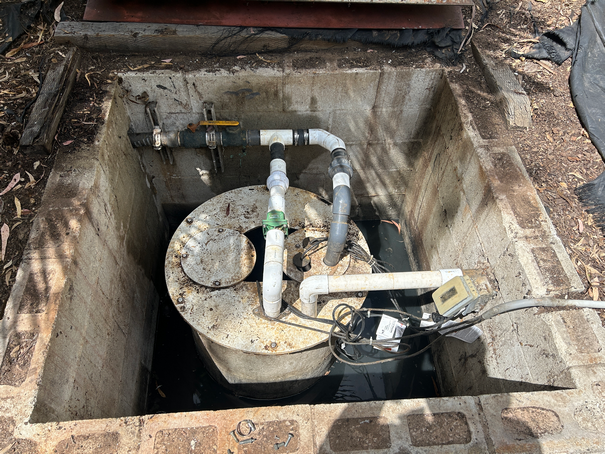Understanding Your New Septic Tank Requirements
Choosing the correct septic tank size is crucial for maintaining a properly functioning wastewater system on your property. The right septic tank size ensures efficient waste processing, prevents system overload, and protects your investment for years to come.
Most homeowners don’t realize that an improperly sized septic system can lead to costly repairs, environmental hazards, and health code violations. Getting your septic tank sized correctly from the start saves money and prevents future headaches.
Key Factors That Determine Septic Tank Size
Several critical factors influence how your property gets septic tank sized by professionals. Understanding these elements helps you make informed decisions about your wastewater management system.
The primary consideration is your household size and daily water usage patterns. A family of four typically uses between 200-300 gallons of water daily, requiring a different capacity than a two-person household or a large family with six or more members.
Your property’s soil composition and drainage characteristics also play a vital role. Clay soils drain differently than sandy soils, affecting how quickly effluent processes through your drain field and influencing the required tank capacity.
How Professionals Calculate Your Septic Tank Size
When determining the appropriate septic tank size, certified professionals follow established guidelines and local regulations. Most residential properties require tanks ranging from 1,000 to 1,500 gallons, though larger homes may need systems up to 2,000 gallons or more.
The calculation process involves analyzing your home’s square footage, number of bedrooms, and fixture count. Bedrooms are particularly important because they indicate potential occupancy levels, even if they’re currently unused.
Local building codes and health department regulations also influence sizing requirements. San Diego County has specific standards that must be met for new installations and replacements.
Signs You Need to Replace Septic Tank Systems
Recognizing when to replace septic tank components prevents costly emergency situations and protects your property value. Several warning signs indicate your current system may be undersized or failing.
Frequent backups, slow drains throughout your home, and persistent odors around your septic area suggest capacity issues. If your current tank was installed decades ago, it may not meet modern household demands or current environmental standards.
Ground saturation around your drain field, especially during dry periods, indicates your system cannot handle your household’s wastewater volume. This often means your septic tank size is insufficient for current usage patterns.
Essential Components of Proper Septic Tank Sizing
Understanding the technical aspects of septic tank sizing helps property owners make educated decisions. The sizing process involves more than simply matching tank capacity to household size.
Professional sizing considerations include:
- Peak usage periods and seasonal variations in water consumption
- Future expansion plans that might increase household size or water usage
- Local soil percolation rates and environmental conditions
- Integration with existing plumbing and drain field systems
- Compliance with current building codes and environmental regulations
Installation Requirements for Your New Septic Tank
Proper installation of your new septic tank requires careful planning and adherence to local regulations. The installation process involves site preparation, excavation, tank placement, and connection to existing plumbing systems.
Site accessibility affects installation complexity and costs. Properties with limited access for excavation equipment may require specialized installation techniques or smaller tank configurations that can be installed in sections.
Environmental factors like groundwater levels, soil composition, and proximity to wells or property lines influence both sizing and placement decisions. Professional installers evaluate these conditions during the planning phase.
Professional Assessment and Sizing Services
Working with experienced septic professionals ensures your system gets septic tank sized according to current standards and local requirements. Professional assessment includes soil testing, site evaluation, and detailed capacity calculations.
Quality septic contractors provide comprehensive evaluations that consider:
- Current and projected household water usage patterns
- Property-specific soil conditions and drainage characteristics
- Local building codes and environmental protection requirements
- Integration with existing infrastructure and future expansion possibilities
- Cost-effective solutions that meet long-term performance needs
Choose Mineo Bros Septic for Expert Septic Tank Sizing
Determining the correct septic tank size requires expertise, experience, and knowledge of local San Diego regulations. Proper sizing protects your investment, ensures reliable performance, and maintains compliance with environmental standards.
Whether you need a new septic tank installation or want to replace septic tank components, professional sizing ensures optimal system performance. The right septic tank size prevents costly repairs and protects your property’s value while ensuring efficient wastewater management.
Contact Mineo Bros Septic today for a comprehensive septic tank sizing evaluation. Our experienced team provides accurate assessments, professional installations, and ongoing maintenance services throughout San Diego County.

